The Article
HIT PARADE: FROM MONO TO STEREO
12th February 2024
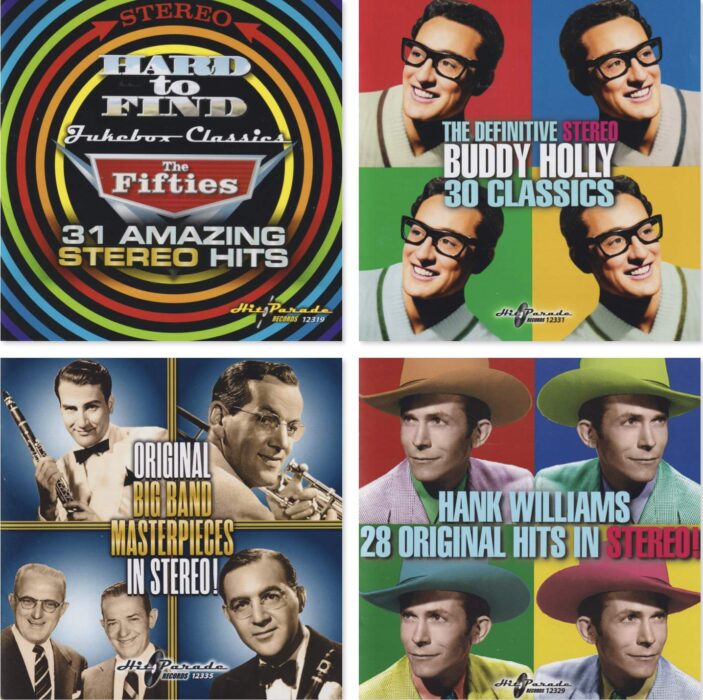
Converting older mono formatted music to stereo for sale on CDs is Canada’s own Hit Parade record label. Paul Rigby grabs a few CD samples from the company and gives them a listen
I want to thank Hit Parade for sending me four CDs from its catalogue. They focus on Hank Williams 28 Original Hits in Stereo!, Original Big Band Masterpieces In Stereo!, Hard to Find Jukebox Classics The Fifties 31 Amazing Stereo Hits (the company had run out of exclamation marks at this point) and The Definitive Stereo Buddy Holly 30 Classics. Wordy titles indeed and a challenge for any CD-based sleeve to contain but within the accompanying disc are not mere public domain freebies.
Hit Parade has done some work here by turning these mono ditties into stereo glories. Hit Parade has utilised a range of software and engineers to create DES or Digitally Extracted Stereo, to create new stereo mixes. Software used in the process included Steinberg SpectraLayers Pro 7, DeMix Pro 3 and Audionamix TRAX Pro 3 SP. If there’s other software utilised then I haven’t seen it listed.
The upshot of the above is that mono originals are filtered and then recombined into a stereo mix. It’s actually a lengthy process taking between 30 and 40 hours.
As the label itself said, some songs work better than others. I wanted to test that assertion out for myself so I had a quick listen.
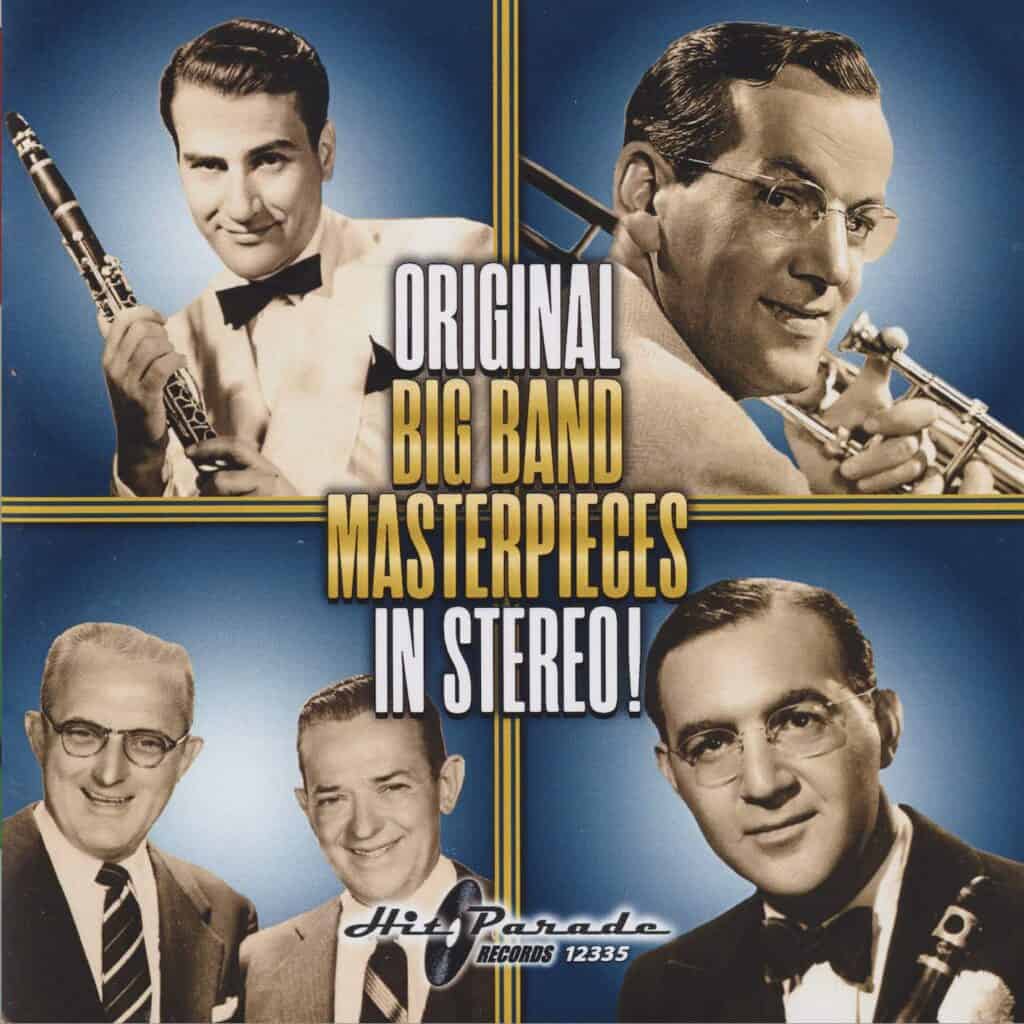
ORIGINAL BIG BAND MASTERPIECES IN STEREO!
For this sound test I began with Original Big Band Masterpieces in Stereo! Mainly because such entities as Big Bands are complex, multi-part organisms packed with many moving parts so if the stereo process is going to go wrong, then this CD is the prime candidate to illustrate those errors.
Stereo works best when the output signal from each channel is normalised in terms of gain and the soundstage is sensibly arranged and organised so that your ears focus more on the music and less on the mix. What you’re not looking for are odd noises that break the magic of the performance, awkward gaps in the soundstage or uneven presentations of either gain or detail while any channel silences have to be explained and make some sort of sense.
Some of those issues occurred here on the first track, Tommy Dorsey’s Opus.1 which was a little indistinct. My right channel sounded a little too airy and distant. There was a lot of hiss on the left channel. A result of the stereo process perhaps or an issue with the original source maybe? Hiss was an occasional element that lifted its head on this CD. Glen Miller’s Chattanooga Choo Choo was another example.
Glenn Miller’s In the Mood, on the other hand, was right on the money. Strong stereo interplay between each channel. Volume between each channel was normalised. This was a fun tune.
As this CD progressed it largely improved, Artie Shaw’s Begin the Beguine being a mature stereo production with none of the playful stereo answering gimmicks of the Glen Miller sound. In fact, for the track sequencing of this CD? I would have placed this conversion as Track 1 on this disc.
I must add, though, while listening to Les Brown’s Sentimental Journey, something sounded slightly off which disturbed my ears. Speed fluctuations? Maybe not. Some phasing in the deep background, perhaps? Maybe this was the result of the stereo process revealing more about the original mono recording than the original recording wanted to reveal, in the first place? I don’t know but the aural effect was unsettling.
Nevertheless, this is a fascinating CD. Certain tracks work better than others and the deconstructing of the mono originals does reveal often fascinating elements from the original recording.
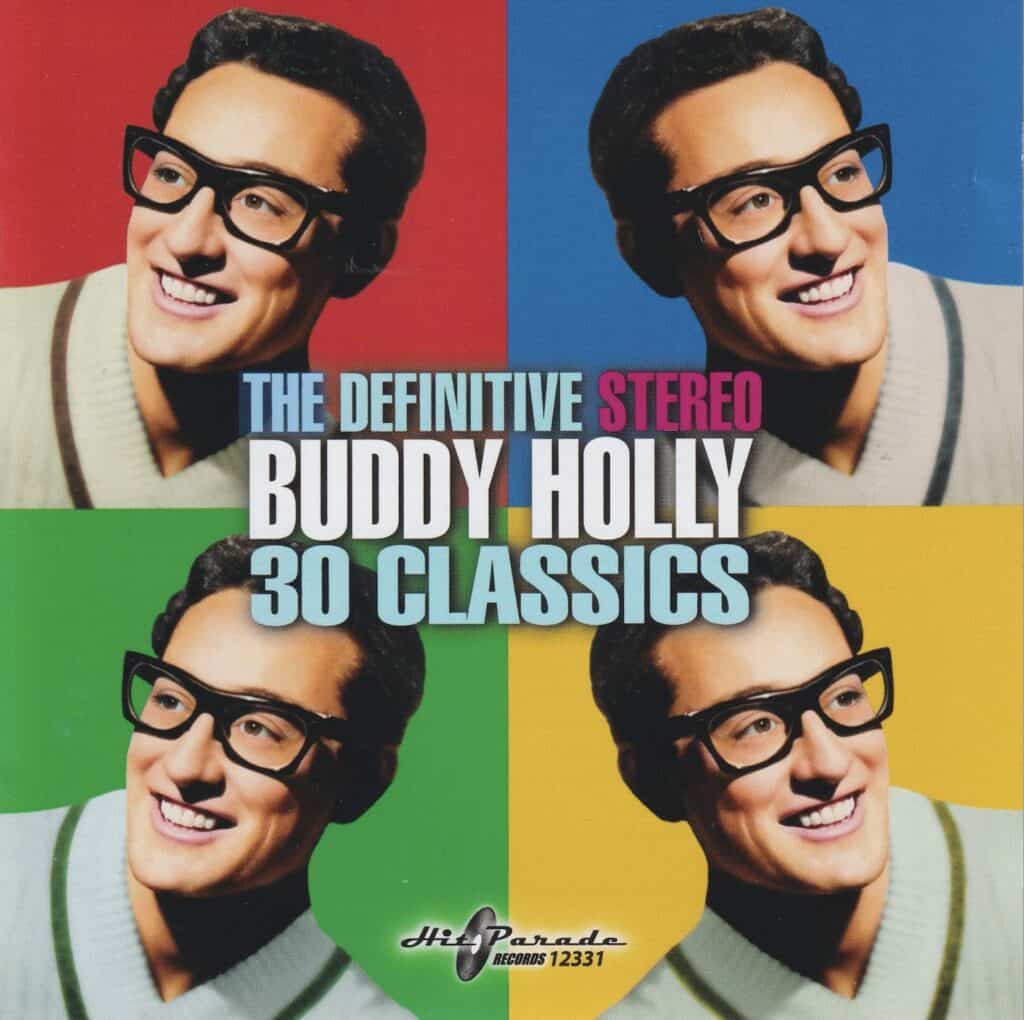
THE DEFINITIVE STEREO BUDDY HOLLY 30 CLASSICS
Briefly skimming though the other CDs, I found the Buddy Holly CD interesting indeed although the track Peggy Sue offered vocals in the centre, guitar and percussion over towards the left and a bank of echo oddly filling the right channel, which gave the track a spooky aspect. Again, some tracks worked better with the process than others. The tracks, Peggy Sue Got Married and What to Do, on the other hand, sounded mature, suiting the stereo manipulation very well indeed.
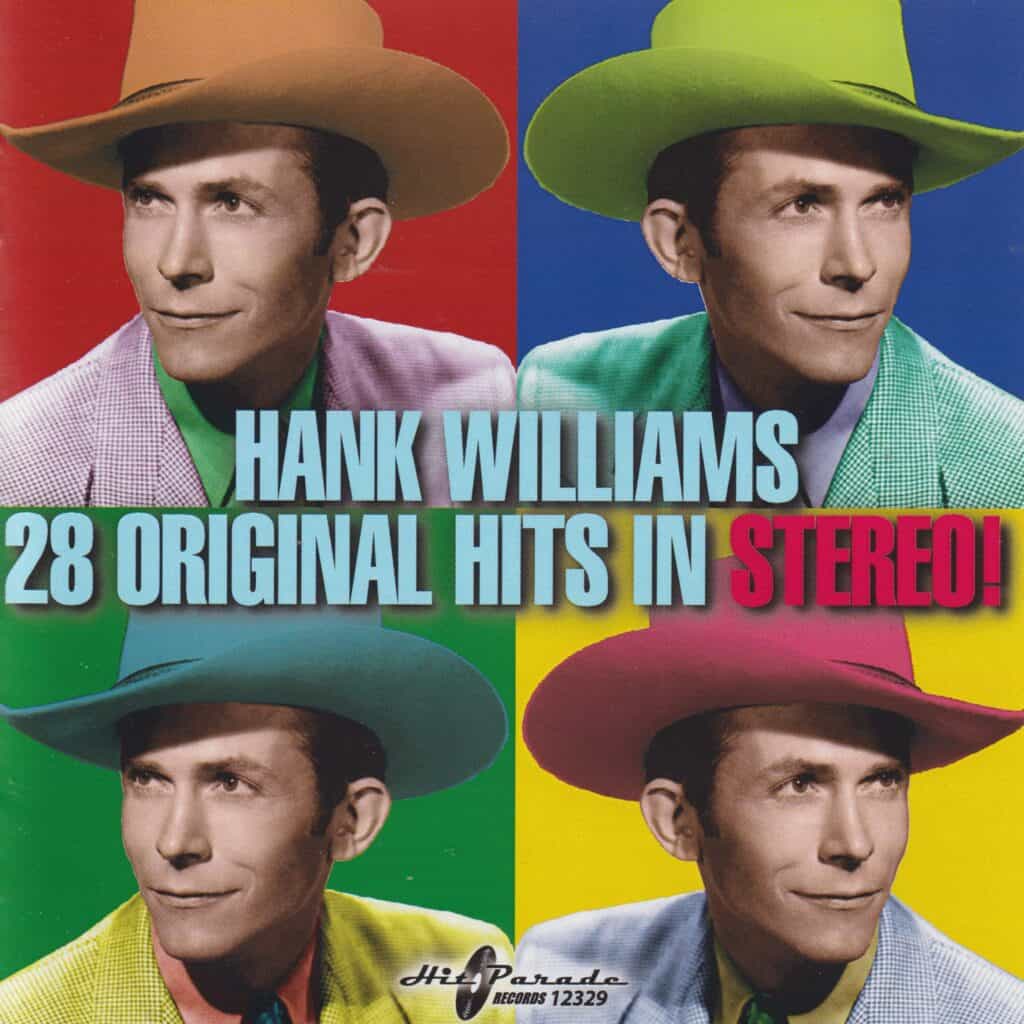
HANK WILLIAMS 28 ORIGINAL HITS IN STEREO!
Arguably the best and most accomplished CD from this set was the Hank Williams collection. Simple arrangements, well organised, nicely arranged, no fireworks, no ‘Look at me!’ tricks, the stereo process worked well with the man and his work.
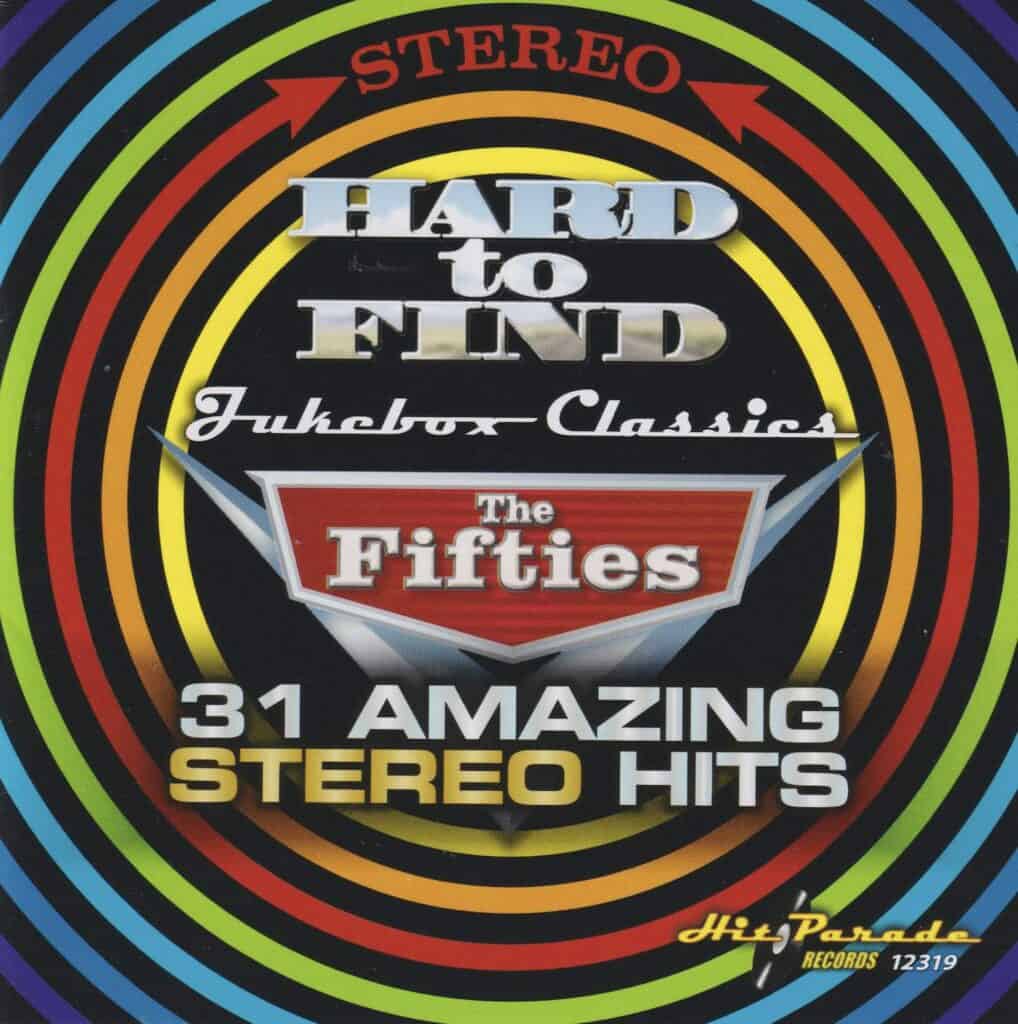
HARD TO FIND JUKEBOX CLASSICS THE FIFTIES 31 AMAZING STEREO HITS
I also liked the 50s collection a lot but for different reasons. In fact, this CD offered the most ‘in yer face’ and ‘get your ears around this lot’ pizazz showcase of the entire bunch here. Each track was clear, with each channel providing a boosted gain. The arrangement of the stereo process was sensible too. Sure, not every track was perfect. Elvis’ Jailhouse Rock was slightly off centre in vocal terms but, on the whole, this CD is a winner.
CONCLUSION
This is a fun collection of CDs (and there’s plenty more on offer from the link below). It’s not for purists, it doesn’t replace any original masters or historical mixes, the process isn’t perfect, there are ups and downs as you listen but, even so, I do recommend grabbing at least one CD. Give one of these discs a listen to see if the process is for you. Like I say, it’s a fun listen too. There’s a real novelty aspect to many of the recordings here and, who knows, you might end up preferring them to the original recordings.
To find out more, click www.ericrecords.com


